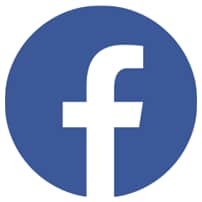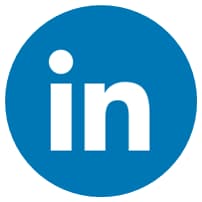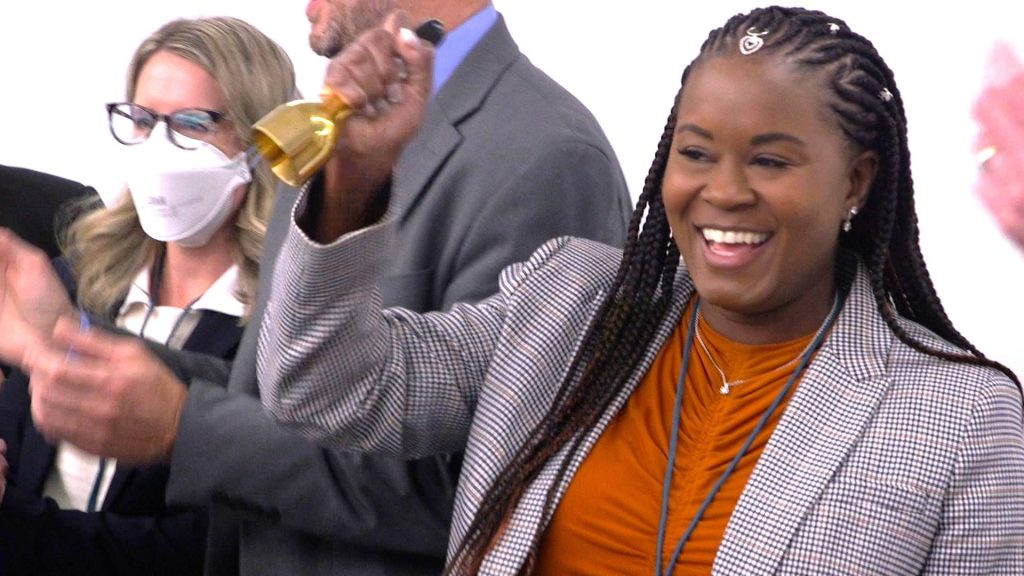
During the Undiagnosed Hackathon, which was hosted by the Wilhelm Foundation in collaboration with Mayo Clinic, each ring of the bell became a symbol of discovery and global unity.
Inside Mayo Clinic, a bell rang six times, each chime signaling that a diagnosis was discovered for another person with a rare and undiagnosed condition. For at least eight more families, scientists believe answers are within reach.
These breakthroughs unfolded during the first U.S.-based Undiagnosed Hackathon, held Sept. 21–23 — an intensive, three-day effort to solve 29 rare disease cases that had resisted explanation. The event drew nearly 130 researchers, clinicians and data scientists from 28 countries, reflecting a global spirit united in the pursuit of answers.
The hackathon was founded by the Wilhelm Foundation, established by Helene and Mikk Cederroth of Sweden after losing three children to an undiagnosed condition. Their commitment to international collaboration created the model for events like this, tackling the rarest and most complex diseases.
Laptops, whiteboards and hope
In hackathon rooms, scientists leaned over laptops, combing through millions of data points from DNA, RNA and the chemical signals that control genes. Whiteboards were filled with gene names and arrows mapping possible pathways. At one table, a group debated whether a rare mutation explained symptoms. Across the room, others scoured medical literature. Every clue was weighed against the rest.
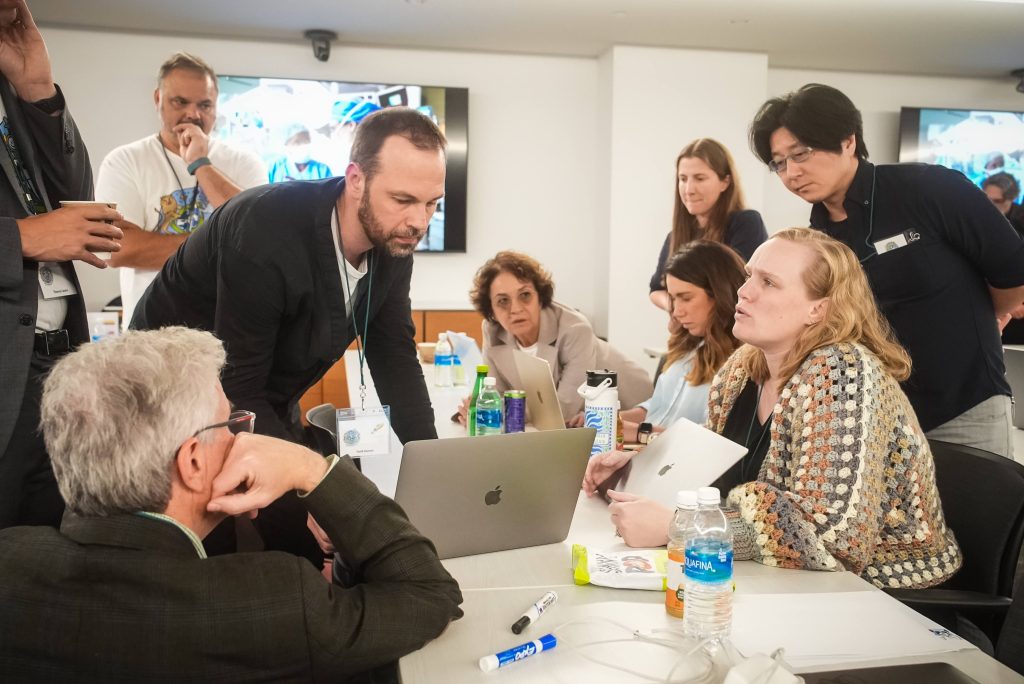
Confirming a diagnosis meant more than spotting a mutation. In many ways, DNA tells a story: a typo, a missing page, a chapter read out of order, an extra paragraph. The challenge was proving whether the story matched the patient's symptoms. Piece by piece, teams layered evidence until they could call it a diagnosis — and ring the bell.
When one diagnosis reaches further
Each solved case carried weight beyond the room. A single diagnosis can redefine a condition worldwide, guiding care for others with similar symptoms. To build on that progress, hackathon data and tools will remain open through the year's end, with biweekly meetings planned to pursue the unsolved cases.

"The sun has set on working one genetic test at a time for complex patient cases," says Dr. Eric Klee, the Everett J. and Jane M. Hauck Midwest Associate Director of Research and Innovation and co-leader of the hackathon. "We can now see the bigger picture, and I look forward to the day when every diagnosis leads to action."
His co-leader, Dr. Cherisse Marcou, assistant professor and co-director of the Clinical Genomics laboratory echoed the sentiment: "When people and ideas come together, barriers fall. This week we witnessed that truth, fueled by the tireless commitment of everyone devoted to this cause."
Rare diseases affect an estimated 350 million people worldwide, yet only about 40 percent of cases yield to existing diagnostics, and even fewer have treatment options.
Searching for treatments
Finding a diagnosis is often the first breakthrough. The next challenge is turning knowledge into care. Sometimes Mayo scientists test existing drugs to see if one approved for another condition might help. In others, they study patient-derived cells to understand how a mutation alters function and whether a drug might counter it. Artificial intelligence also helps clinicians sift through vast libraries of potential drugs. The goal: ensure that a genetic answer is not the end of the story, but the beginning of care.
A global lens on rare disease
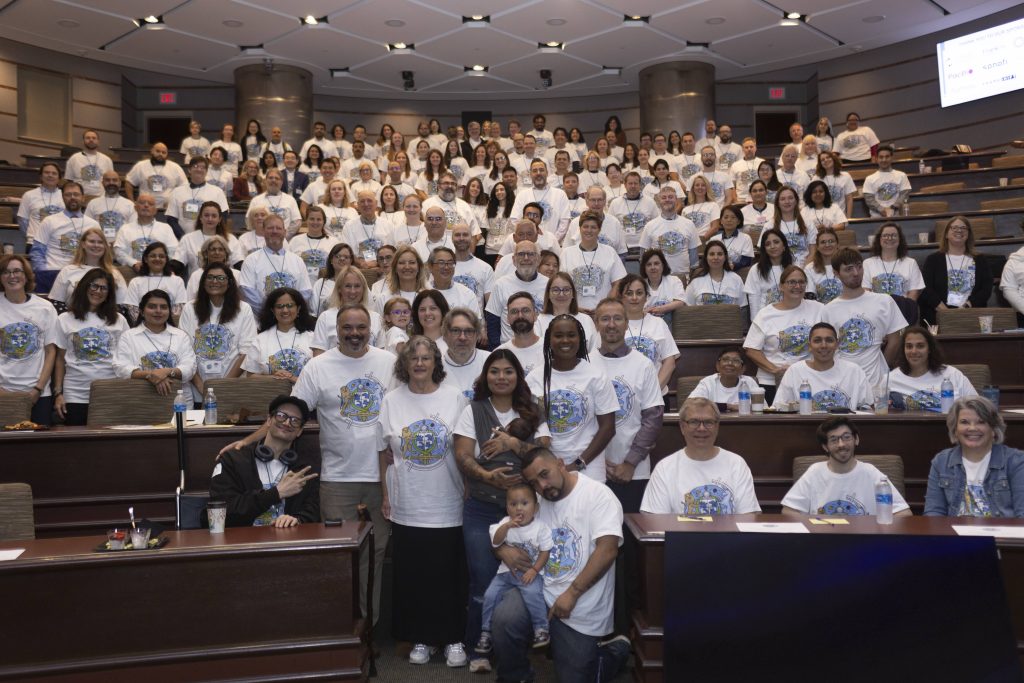
The momentum of the hackathon carried into Mayo's Rare Disease Symposium, where the conversation widened to global challenges in diagnosis and treatment.
Keynote speaker Dr. Salman Kirmani of Aga Khan University in Pakistan, and a former Mayo Clinic physician, reminded the audience that for much of the world, even inconclusive testing remains out of reach.
"Most families are not just undiagnosed. They are untested," he said. He noted another barrier: genomic reference databases remain overwhelmingly Eurocentric, skewing interpretations and limiting accuracy. "Data diversity is not a matter of fairness alone," he argued. "It is a diagnostic tool. Without it, families remain invisible."
Hope rings out
From hackathon rooms to the symposium stage, the message was the same: progress against rare disease depends on collaboration across borders and disciplines.
Each time the bell rang, scientists cheered and exchanged hugs, then quickly returned to their work. Beyond the celebration, the bell stood as a symbol of what science can achieve when pursued together.
